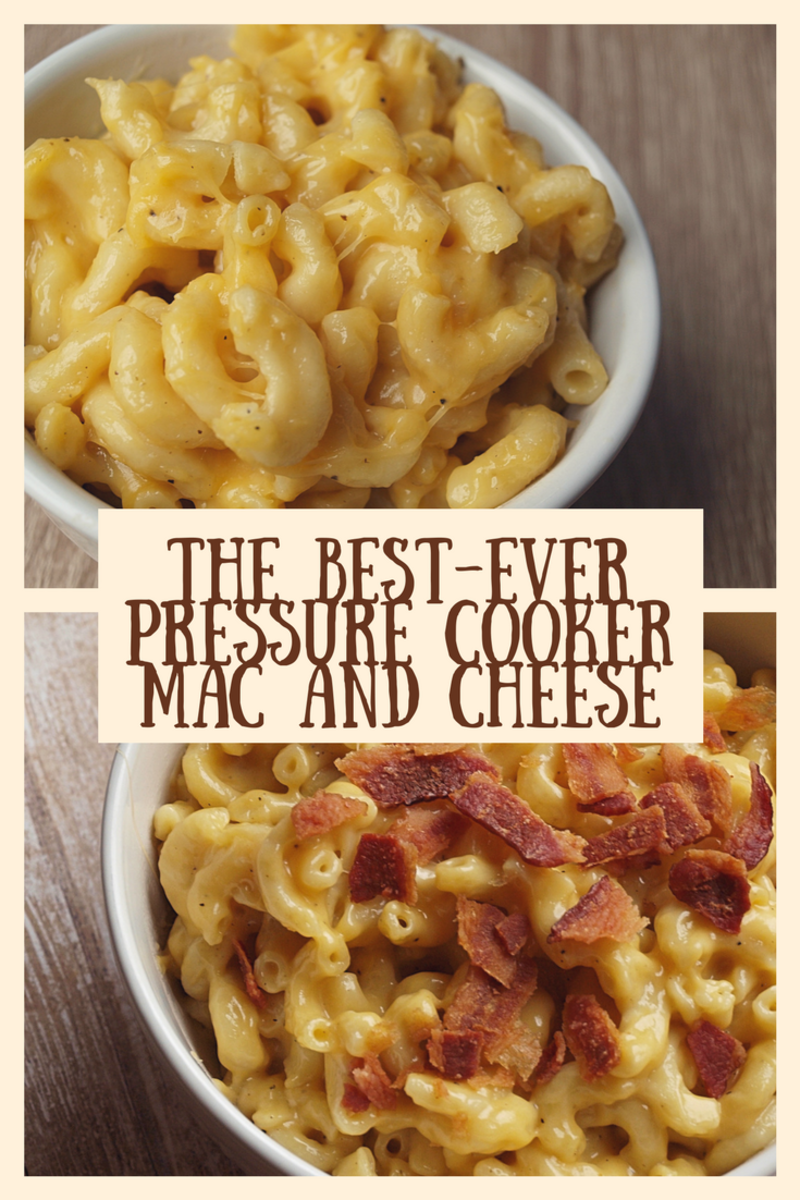A Guide to Hot Sauces
hot sauces, hottest hot sauces, capsaicin
Hot sauce is a normal part of eating at our house, especially with BBQ cooking. Of course, we have our favorite hot sauces. They range from warm and tangy to inferno. Some people like hot sauce that’s incredibly hot – maybe even painful. I don’t usually care for these, unless they’re added sparingly to foods. I like some heat, but I don’t want the hot sauce to be so hot that all you taste is the fires of hell. I want it to enhance the flavor of the food I’m using it on, without overpowering and obliterating the actual taste of the dish. I know several folks, however, who think “the hotter, the better.” For some reason, the people I know who follow this philosophy are all male. I had a pal and fellow teacher from Canada a few years back who was like that. He and my husband got into kind of a contest to see which one could stomach the hottest hot sauces. They exchanged bottles of hot sauce and different hot sauces for months.
How is hot sauce made?
Hot sauces can be made from a variety of ingredients. The heat usually comes from chili peppers, including cayenne, Scotch bonnet, habanero, jalapeno, Tabasco, poblano, ancho, Serrano, Anaheim, and Thai peppers. All of these contain capsaicin, the chemical responsible for making peppers hot. The peppers might be ground or powdered and added to the pulp of vegetables or fruits to make hot sauce. Other popular ingredients in hot sauces are vinegar, beer, oil, and bourbon or other alcohols. Most hot sauces also contain water. To make hot sauces even hotter, sometimes pure capsaicin is added.

About capsaicin and health
In the past decade or so, researchers and scientists have begun to realize the possible healthy benefits of capsaicin. Because of the way the substance interacts with neurons that act as pain transmitters, capsaicin has the ability to block some types of pain.
You’ve probably experienced the head-clearing properties of capsaicin. The heat breaks up nasal congestion and can help with the symptoms of sinus-related allergies.
Studies in the U.S., England, China, and Japan all suggest that capsaicin might have the ability to cause cell death in certain types of cancers, including lung cancer, leukemia, and prostate cancer.
Capsaicin has long been the key ingredient in ointments and creams used on the skin, and now it’s also used in dermal patches and bandages to help relieve the pain of arthritis, muscle strain, fibromyalgia, sprains, and peripheral neuropathies like shingles. It’s also being tested as in injectable pain reliever.
Capsaicin also increases your metabolism, while decreasing triglyceride levels and LDL (bad) cholesterol. Since it might also help dissolve the fibrin that allows blood clots to form, capsaicin might be a key to decreasing the chance of stroke and heart attack.

Hot sauces around the world
In the United States, hot sauces are used in a variety of regional dishes. It’s a popular ingredient found in Cajun foods, Southwestern cuisine, and barbecue sauce. Here in the Deep South, many people add hot sauce to just about everything – pork rinds, rice, fried chicken, barbecue sauce, vegetables, etc.
On the islands of the Caribbean, hot sauces are usually made of vinegar, fruits, and vegetables, to which Scotch bonnet or habanero peppers are added. The resulting hot sauces are intensely hot – much hotter than tradition hot sauces found in the U.S.
Many people consider Mexican food to be very hot and spicy, but when compared to the cuisines of some other countries, Mexican hot sauces are only moderately hot. Milder sauces are also popular in Mexico, often made from chipotle peppers, which impart a smoky flavor.
In Puerto Rico, Spain, and the Philippines, adobo sauce is popular. Depending on the region, it might include vinegar, tomatoes, pork, olive oil, garlic, onion, lemon juice, orange juice, lime juice, oregano, and/or cumin, along with chipotles or other peppers.
In some African regions, hot sauces are used extensively. Most are made from the bird’s eye chili, which produces an interesting delayed reaction in consumers. Foods flavored with this sauce don’t taste hot until after the consumer eats it.
Some of the hottest hot sauces can be found in India, where the Naga Jolokia chili pepper is used. In the U.S., these peppers are often referred as "ghost peppers." According to the Guinness Book of World Records, this is the hottest pepper on the globe and is responsible for the hottest hot sauces. It’s more than 400 times hotter than Tabasco sauce!
Hot sauces are popular in Asian cuisines, too. Our Japanese pals often used chili oil on fish and in soups. In China, hot sauces are often made from soybean paste and dried or pickled chili peppers. The people of Thailand traditionally eat chili peppers with just about everything, and they use pepper sauce in fish sauces and as dipping sauces.

The hottest hot sauces and the Scoville Scale
How do you know how hot a hot sauce is before you buy it? Well, some indicate their hotness on the label. If not, the name of the individual hot sauce might give you a clue. For example, I’ve seen one called “Hot Sauce from Hell,” and another called “Devil’s Revenge.” With a name like that, you should be tipped off as to the contents of the bottle.
Otherwise, look at the ingredients to see which chili peppers were used in the sauce. The hotness of chili peppers is measured in Scoville Heat Units, according to how much capsaicin is present. The higher the number on the Scoville Scale, the hotter the pepper.
Here are a few examples, just to help you understand the scale and how it works:
Pure capsaicin – up to 16,000,000 heat units
Pepper spray used by police – 5,000,000 units
Naga Jolokia and Naga Viper peppers – about 1,000,000 units
Red Savina habanero pepper – around 450,000 units
Scotch bonnet pepper – about 250,000 units
Cayenne and Tabasco peppers – 40,000 units, on average
Jalapeno pepper – average around 5,000 units
Poblano and Anaheim peppers – range from 500 to over 2,000 units
Pimento pepper – around 300 units, on average
Spice up your food with hot sauces!
If you haven’t yet ventured into the world of chili peppers and hot sauces, give ‘em a try! If you’re not accustomed to eating hot, spicy foods, you’ll probably want to start out with a mild sauce and gradually work your way up. You’ll probably develop a taste preference for specific chili peppers and individual sauces. You might find yourself moving up the scale to the hottest hot sauces on the market! If you begin to emit flames from your tongue, don’t drink water to extinguish the fire. Instead, drink milk or eat a spoonful of sour cream. Below you’ll find a wide selection of bottled hot sauce, including some of the hottest hot sauces available.
Buy hot sauces and hottest hot sauces:
More about seasoning foods:
- Buy a Hot Sauce Gift Set at a Discount!
What guy wouldn't like to get a hot sauce gift set as a Fathers Day gift? Lets face it some men are really hard to buy for. Usually, if they want something badly enough, they buy it for... - Buy a Hot Sauce Gift Basket at a Discount!
A hot sauce gift basket makes a great gift for anyone who enjoys grilling, cooking, or eating spicy foods. This is a useful gift that the receiver will appreciate, especially if the hot sauce gift... - Great Tips for Flavorings and Extracts
Ive never been fond of bland foods. I love foods rich in tempting flavors and tantalizing aromas! An easy way to accomplish this is to keep your pantry shelves and refrigerator stocked with your... - All About Chipotles and Chipotle Powder
raspberry chipotle jam Unless you've been living under a rock for the past few years, you've undoubtedly heard of chipotle. You hear and see it everywhere on TV ads, in Mexican restaurants, in... - Southern Culinary Arts: Holle's Crab Cakes with Remoulade Sauce
Welcome to my online cooking school! Today's online cooking classes are all about a delicious Southern favorite - crab cakes. I love crab meat! One of my favorite ways to eat it is in the form of crab cakes.... - Southern Cuisine: Holle's Red Wine Marinade for Steaks
I really like steak. A nice thick T-bone, ribeye, Porterhouse, filet, or New York strip on the grill is my idea of a great meal! I like mine Pittsburg rare a little charred on the outside and red on the... - Product Reviews: Paula Deen Grilling Marinades
We use a lot of grilling marinades at our house. Like most people, we enjoy grilling, but I also use grilling marinades in my kitchen not just for grilling. Marinating meat is a great way to add...









